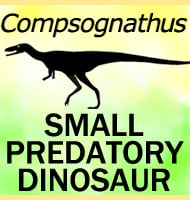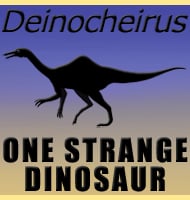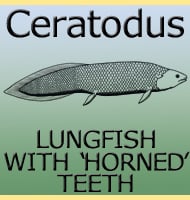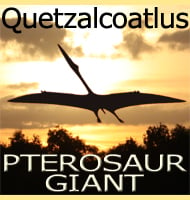In Depth
Being one of the smallest members of the Phorusrhacidae, Psilopterus was no way near the scale of the larger phorusrhacids like Brontornis. However the exact size of Psilopterus is something that is hard to be certain about as not only do estimates depend upon the specific species, but there is an outside chance that material referred to the smallest (P. bachmani) and largest (P. lemionei) species may actually represent the same genus. Clarification of this matter is not helped by the fact that most Psilopterus remains are of fragmentary fossil material, a problem caused by the hollow light weight bones typical to birds that get damaged easily during fossilization. Also many of the species once assigned to Psilopterus have now be found to represent other older species, as well as additional material from other genera being reassigned to Psilopterus as well.
The ‘terror bids’ of the Phorusrhacidae are often compared to the extant seriema birds of South America (Cariama cristata and Chunga burmeisteri), and out of all the phorusrhacids, Psilopterus is closest to the seriema in physical size. This would suggest similar hunting behaviour where Psilopterus’s preferred prey would be invertebrates such as large insects and small vertebrates like lizards, frogs and small rodents. Psilopterus may have also had a similar feeding style where small prey would be thrown against the ground and hard objects to stun and kill the prey as well as break its bones for easier swallowing. The long legs of Psilopterus would have allowed it to peer down into the undergrowth from above where prey could be more easily spotted, as well as providing a good turn of speed for avoiding other larger predators.
Further Reading
Further reading- Catalogue des Oiseaux Fossiles de la Republique Argentine conserves au Musee de la Plata. – Anales del Museo de la Plata 1:1-71. – F. P. Moreno & A. Mercerat – 1891.- Systematic Revision of the Phorusrhacidae (Aves: Ralliformes). – Pap�is Avulsos de Zoologia. 43 (4): 55–91. – Herculano M. F. Alvarenga & Elizabeth H�fling – 2003.









